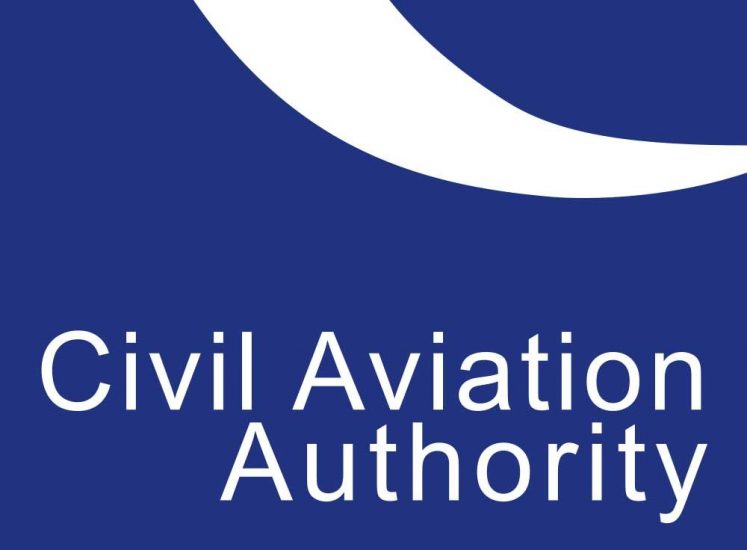The UK Secretary of State for Transport has approved the Civil Aviation Authority (CAA) latest Airspace Modernisation Strategy (AMS). This new version replaces the 2017/18 AMS but whilst sustaining the workstreams begun under that version, introduces new areas of focus, such as the high-level route to better integration and facilitation of ‘new entrants’ (e.g. BVLOS operations, space launches, HAAPS, etc.), leveraging evolving electronic conspicuity and the wealth of digital flight intention data to better enable airspace users to access more areas of airspace and more explicitly aligning the UK’s airspace modernisation, and day-to-day operation, with ICAO’s Global Air Navigation Plan, say industry observers.
The next phase is to work collaboratively with airspace users, service providers and its many, varied stakeholders to evolve the workstreams (AMS Part III) necessary to deliver the strategy.
The refreshed Airspace Modernisation Strategy includes measures:
- to maintain and, where possible, improve the UK’s high levels of aviation safety;
- to aim for simpler airspace design and supporting regulations;
- to introduce environmental sustainability as an overarching principle to be applied through all modernisation activities, taking account of the latest government policy and environmental guidance;
- to meet the UK’s international obligations, aligning delivery of the strategy with the International Civil Aviation Organization’s Global Air Navigation Plan and ensuring interoperability of the UK network with our neighbours; and
- to provide a clear strategic path for regulatory policy and requirements now that the UK has left the EU and the EU Aviation Safety Agency.
Working with the Department for Transport, the UK Civil Aviation Authority developed the refreshed strategy over the last year after wide engagement with airports, airlines, the general aviation community, innovators, and community groups.
CAA Director for Strategy and Policy Tim Johnson said: “Alongside existing users of airspace like commercial air transport, business aviation, recreational flyers and the military, there are new parts of the sector which need to be integrated safely into our existing airspace network. Our strategy enables these different groups to use airspace alongside each other and is a fundamental principle of the strategy.”
View the refreshed airspace strategy here
For more information visit:




